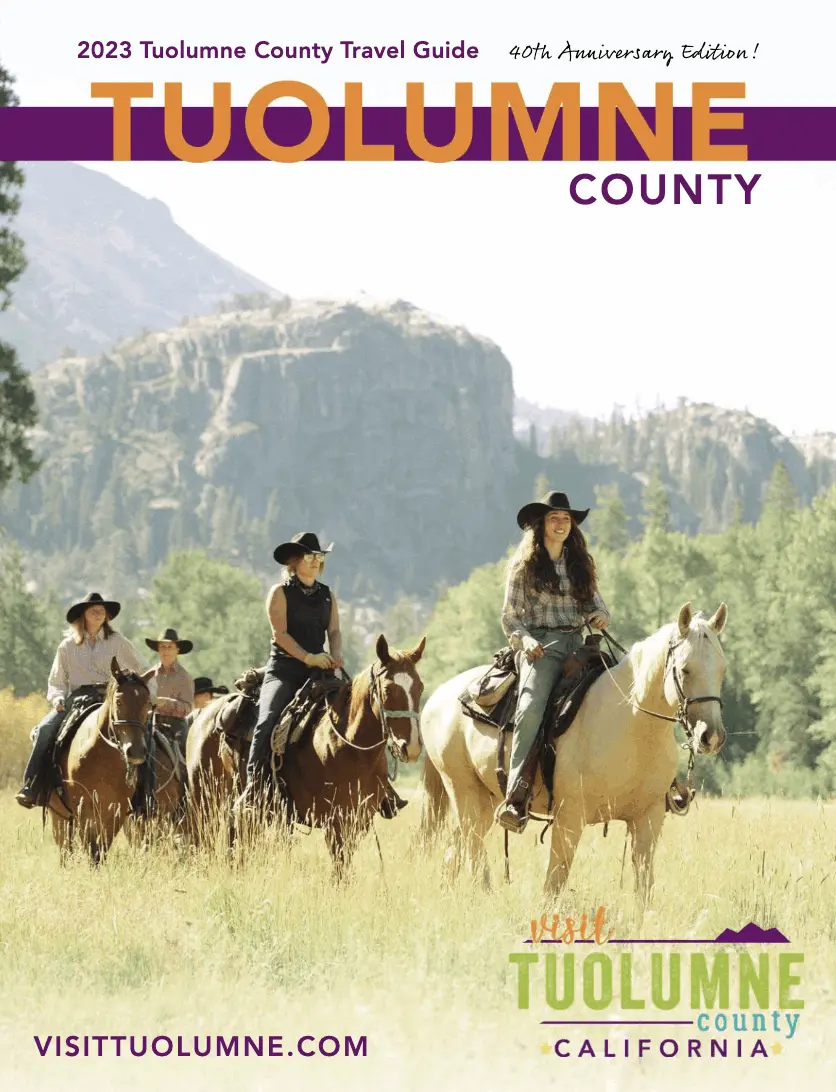Exploring Our Community
Sonora, California, nestled in the Sierra Nevada foothills, offers a picturesque landscape characterized by rolling hills, lush forests, and proximity to natural landmarks like Yosemite National Park. As the county seat of Tuolumne County, Sonora is a historic city with a rich Gold Rush heritage, evident in its preserved architecture and vibrant downtown area.
The city experiences a Mediterranean climate, with warm, dry summers and mild, wet winters. Average summer temperatures range from the upper 80s to mid-90s°F, while winter temperatures typically range from the high 40s to low 50s°F. Sonora receives about 41 inches of rain annually, contributing to its verdant surroundings. 
Sonora’s population is approximately 4,889 residents, fostering a close-knit community atmosphere. The city boasts a diverse demographic, with a median household income of around $60,492. The local economy is supported by sectors such as healthcare, education, and retail, providing various employment opportunities for residents and their families. 
The cost of living in Sonora is relatively moderate compared to other Californian cities. The median value of owner-occupied housing units is approximately $376,100, offering more affordable housing options than many urban centers in the state. 
Sonora’s rich history dates back to its founding during the California Gold Rush in 1848. Known as the “Queen of the Southern Mines,” it attracted a diverse population of miners and entrepreneurs seeking fortune. Today, Sonora’s historic downtown preserves this legacy, featuring buildings from the 19th century and serving as a cultural hub for residents and visitors alike.
The city offers a variety of entertainment and recreational activities, including local theaters, museums, and annual events that celebrate its heritage. Outdoor enthusiasts can enjoy nearby hiking trails, parks, and access to the Sierra Nevada mountains, making it an ideal location for those who appreciate both cultural and natural attractions.
Safety is a priority in Sonora, with community-focused law enforcement and engaged residents contributing to a secure living environment. The city also offers a range of educational institutions, including public schools and nearby higher education options, supporting the academic growth of its younger population.
Overall, Sonora, California, presents a blend of historical charm, natural beauty, and a welcoming community, making it an attractive destination for individuals and families considering relocation.
